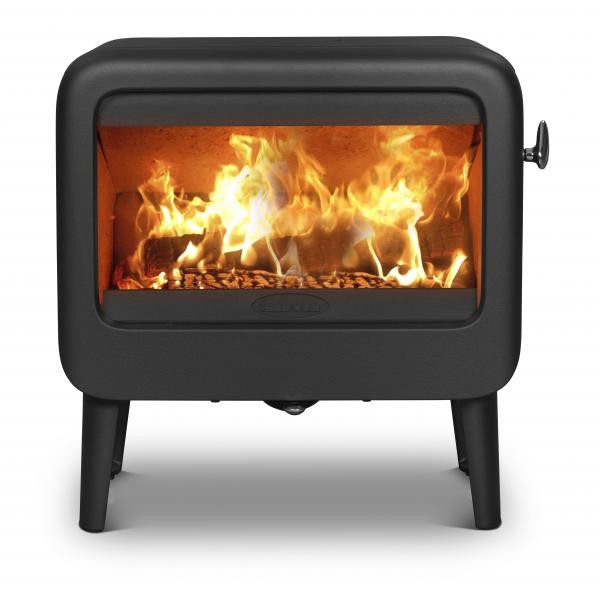The modern day wood-burning and multifuel stove looks like a very basic machine from the outside but inside it is optimised to perfection, designed with efficiency in mind and something as simple as frayed rope on a door seal can have a significant impact. While many stove owners spend time checking for cracks, replacing broken elements and trying to maintain the optimum temperature, something as simple as a frayed rope could be costing you money. How?
Stove door seals
When you bear in mind the extreme temperatures created within a modern-day wood-burning and multifuel stove, it is no surprise to learn that certain areas of a stove are subjected to enormous temperature swings. One such area is the stove door seal which is a relatively simple rope like material which is glued in position between the glass and the door to ensure a perfect seal. This relatively simple element of your stove not only maintains the position of the glass in your door but also ensures as much heat as possible is retained within the body of the machine.
Burning more fuel
If the rope seal is compromised in any way this will have a material impact upon the amount of fuel you are burning for two reasons:

Increased air intake
When you start your stove in the morning it is advisable to increase the air intake until the flames grab hold at which point it should be reduced to optimum levels. The simple fact is that the more air flow allowed into the body of your stove the quicker your fuel will burn and the less efficient it will be. This means that you will be burning more fuel than you need to which will also increase your fuel bills markedly going forward.
Escaping heat
It goes without saying that as much heat as possible needs to be retained within the body of your stove to build up the temperature and release the heat into your room in a controlled manner. This is why fire bricks, as one example, are replaced on a regular basis because they are the first wall between the combustion chamber and an uncontrolled release of heat into the atmosphere. The same can be said for rope door seals because heat can escape in any gaps, radiated into the atmosphere in an uncontrolled manner, reducing the temperature in the combustion chamber and making your stove significantly less efficient.
Testing your stove door seal

In many cases where there is an issue with the rope seal on your stove door it will simply be a case of checking visually for damage. There will be instances where the damage is not as obvious and this is where the “paper test” comes in. Firstly, ensure that your stove is cooled and cold before carrying out this test. Then simply open the stove door, place a sheet of A4 paper between the door and the stove and then close the door. Under normal circumstances you should not be able to remove the sheet of A4 paper without opening the stove door. If you can slide the paper out without opening the door then the seal is not tight enough and this will be compromising the efficiency of your stove.
You would be amazed at the impact something as simple as a damaged rope door seal can have on the efficiency of your stove and the cost of your fuel. You can buy replacement rope and glue for just a few pounds and the process of replacing a damaged rope seal is very simple – but extremely effective!

